
Multiscale Anti-TNF Drugs Simulations
|
an on-line supplement for Differential risk of tuberculosis reactivation among anti-TNF therapies is due to drug binding kinetics and permeability |
[ Kirschner Lab Time-Lapse Simulations Homepage ]
|
Fallahi-Sichani M, Flynn JL, Linderman JJ, Kirschner DE,
Differential risk of tuberculosis reactivation among anti-TNF
therapies is due to drug binding kinetics and permeability and not
apoptotic and cytolytic activities,
J. Immunology, 2012, The Journal of Immunology, April 1, vol. 188, no. 7, pp. 3169-3178,
DOI: 10.4049/jimmunol.1103298,
PMID: 22379032,
PMCID: 3311778
|
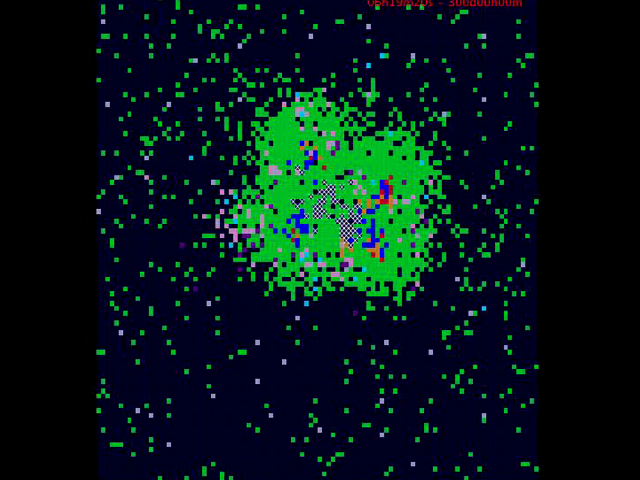 Movie 1 |
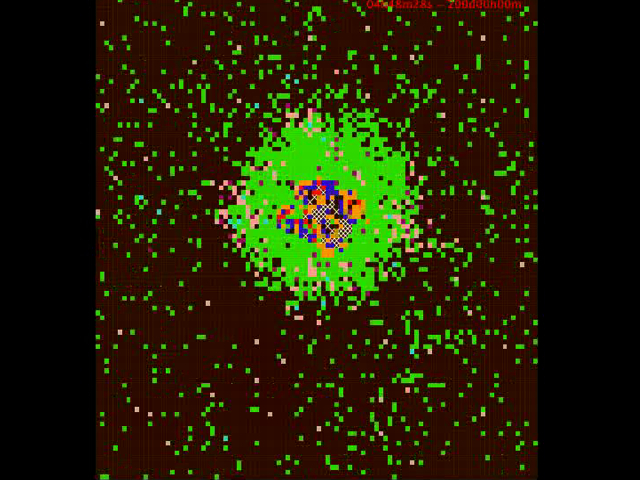 Movie 2 |
|
Control of Mtb infection within a well-circumscribed granuloma in the absence of TNF inhibitor |
Infection dynamics after granuloma treatment with etanercept at a small vascular permeability coefficient (kc = 1.1×10-8 cm/s) |
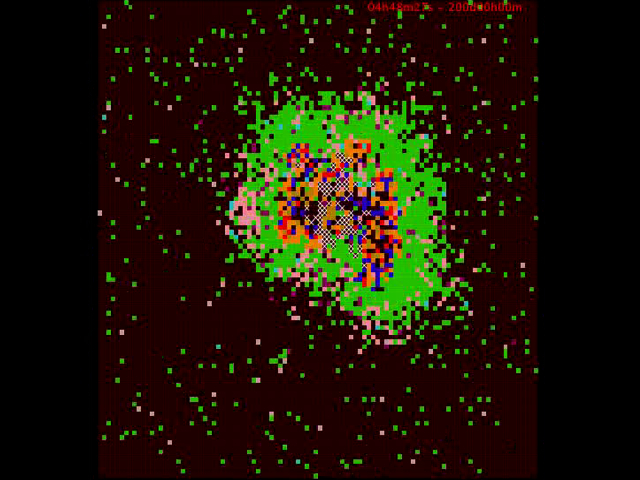 Movie 3 |
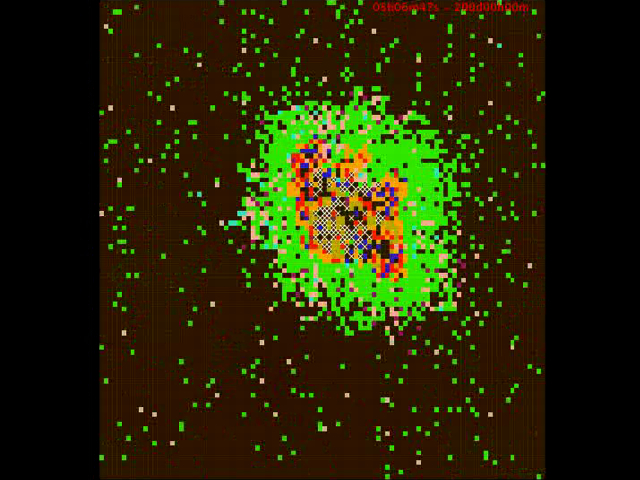 Movie 4 |
|
Infection dynamics after granuloma treatment with etanercept at a high vascular permeability coefficient (kc = 1.1×10-7 cm/s) |
Infection dynamics after granuloma treatment with infliximab at a small vascular permeability coefficient (kc = 1.1×10-8 cm/s) |
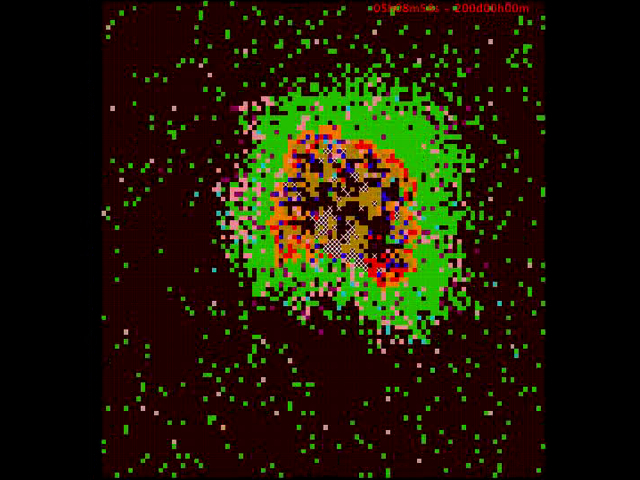 Movie 5 |
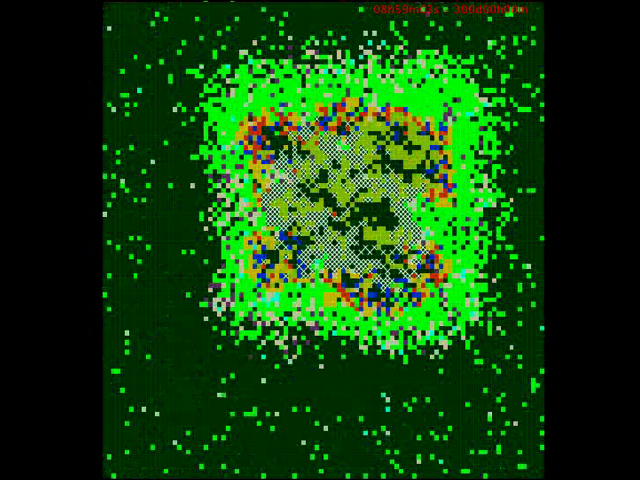 Movie 6 |
|
Infection dynamics after granuloma treatment with infliximab at a high vascular permeability coefficient (kc = 1.1×10-7 cm/s) |
The effect of pharmacokinetic fluctuations in the blood concentration of infliximab on infection dynamics for a small vascular permeability coefficient (kc = 1.1×10-8 cm/s) |
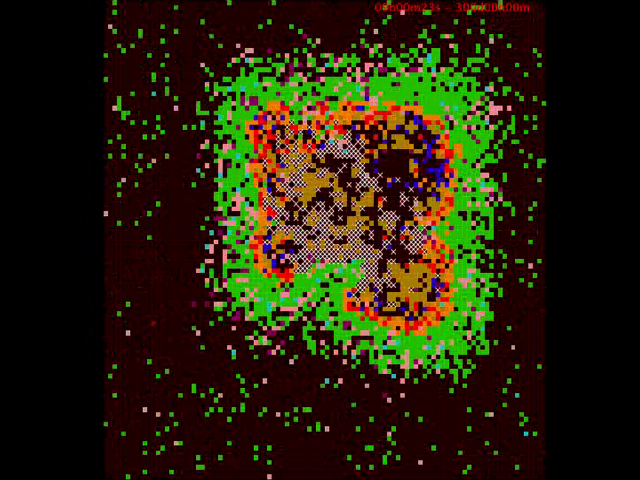 Movie 7 |
|
|
The effect of pharmacokinetic fluctuations in the blood concentration of infliximab on infection dynamics for a high vascular permeability coefficient (kc = 1.1×10-7 cm/s) |
| [ Kirschner Lab Time-Lapse Simulations Homepage ] |